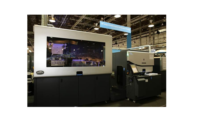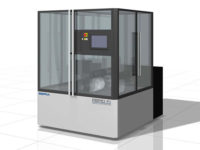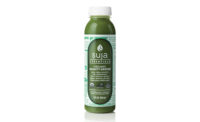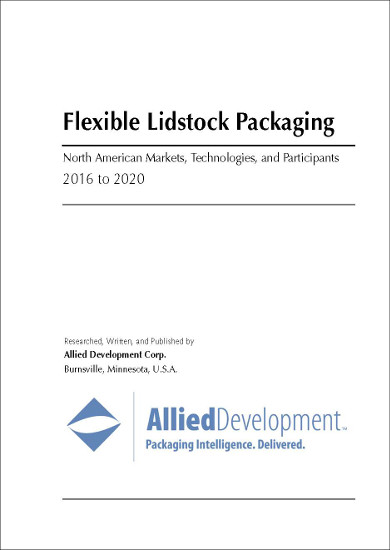In an effort to meet market demands, flexible package printing is transitioning from conventional flexographic to digital printing. This change is resulting from cost reductions in digital technology as well as a need to keep up with trends shaping the growth in flexible packaging.
In 2017, the industry saw an uptick in narrow web digital press installations over flexographic presses. New digital press installations in North America are growing at 11.9 percent per year, while conventional flexographic press installations are contracting at an annual rate of 8 to 9 percent, according to a study by label industry market research firm LPC. As the cost of digital printing decreases, it becomes more attractive to flexible packaging converters for customized, short-run productions; however, flexographic printing still maintains a stronghold on the market and maintains a critical role.
As digital printing makes inroads in every segment of the packaging industry, converters are incorporating the technology in creative and novel ways. Although digital printing only accounts for about 1 percent of all flexible packaging production, converters offering it are seeing staggering business growth. Experts predict that by the end of the decade most packaging printing equipment will be powered by at least some form of digital printing technology. Smithers Pira reports that the digital printing and packaging labels market was worth $13.14 billion in 2017 and will grow to $22 billion by 2022.
Digital presses offer benefits such as short-run and variable printing capabilities, which help companies keep up with SKU proliferation, customization and other trends pushing the flexible packaging market forward. The technology can be used on a wider variety of substrates and is easier to integrate into existing lines than analog equipment. As the average run length for packaging jobs decreases, digital presses offer advantages to large companies diversifying their product lines and small businesses, and boutique retailers with smaller volume requirements.
Another area where digital printing can add value is by improving sustainability scores. Many digital presses are designed with the environment in mind – using less energy and supplies for each print – and with sustainability considerations throughout the product lifecycle. This constantly improves as older machines replace new models – each iteration uses less energy than the last. The on-demand nature of digital printing also reduces packaging’s overall environmental impact. By allowing converters to print exactly what they need, they can avoid the wasteful overproduction that can come with analog printing.
While innovations in digital printing are exciting, flexography still holds 75 percent of print volume in flexible packaging. With its unbeatable cost effectiveness for big bulk long and medium runs, flexography is still the printing method of choice for bigger jobs. And advancements in high-definition flexographic plates have made many pouches just as eye-catching as rigid packaging options. Flexographic printing is also established as a safe option for printing on food products, which represent a large segment of the flexible packaging industry.
PMMI





